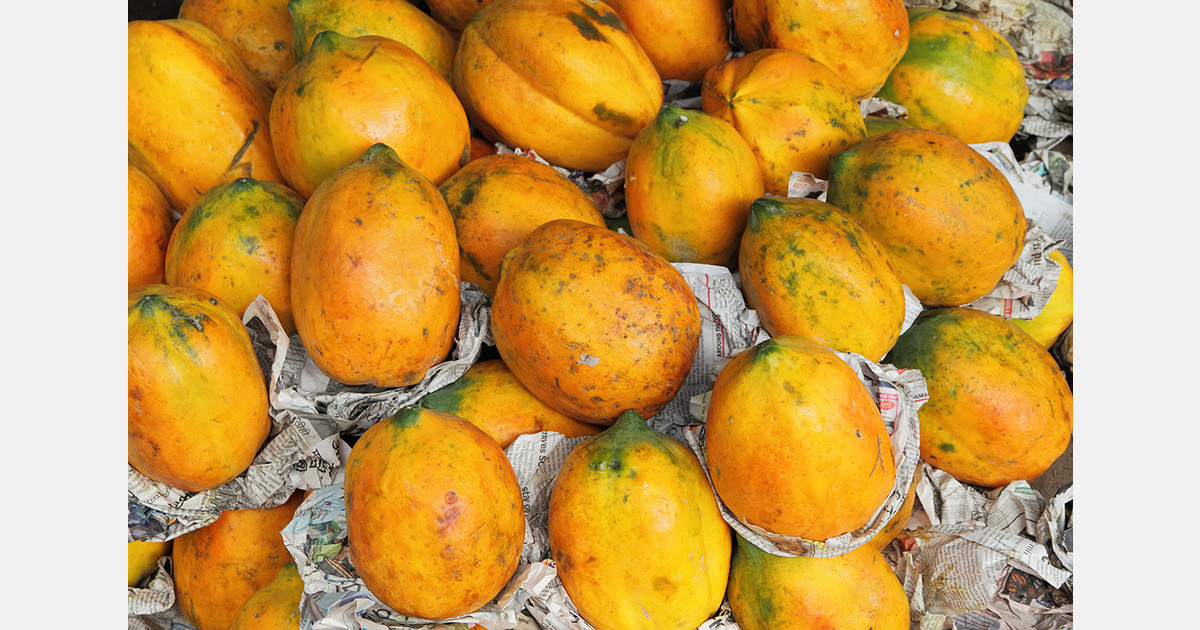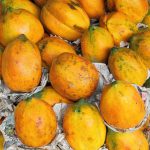
The Organization for Economic Cooperation and Development (OECD) has published on its official website the international classification and quality brochure for papaya. The document was coordinated by Brazil through the Department of Inspection of Products of Plant Origin (Dipov) of the Secretariat of Agricultural Defense of the Ministry of Agriculture and Livestock (MAPA). It establishes standardized parameters for product inspection in international trade.
The initiative, proposed by Brazil, aimed to harmonize papaya quality and identity criteria to ensure predictability and transparency in commercial transactions. The technical standards outlined will serve as a reference for importers and exporters, reducing non-tariff barriers and supporting competitiveness in international markets.
According to Hugo Caruso, director of Dipov, the publication is expected to have direct implications for producers. “The publication of this brochure represents a milestone for Brazilian fruit production, as it ensures that Brazilian papaya, recognized for its quality, is evaluated according to international standards of excellence. This is a victory for Brazilian agriculture and for our exporters,” he said.
Brazil remains one of the largest global producers and exporters of papaya, particularly in the states of Espírito Santo, Bahia, and Rio Grande do Norte. The new classification is expected to facilitate market access, strengthen MAPA’s inspection and oversight work, and enhance competitiveness within the fruit sector.
The development of the papaya brochure adds to Brazil’s wider role within the OECD Fruit and Vegetable Scheme, where the country has been active in coordinating new product proposals and contributing to updates of international regulatory references.
OECD brochures compile images and technical descriptions to identify defects and essential product characteristics. They are used globally as a reference tool by inspectors to classify horticultural products consistently and to issue certificates based on harmonized standards.
By offering buyers and consumers a clear classification system, the brochures are designed to promote international trade, support product recognition, and increase confidence in transactions.
Source: Abrafrutas
